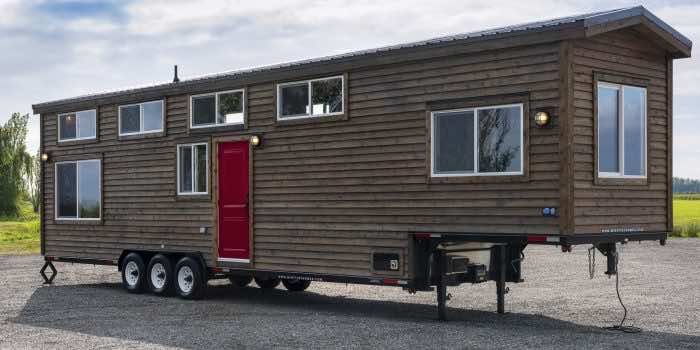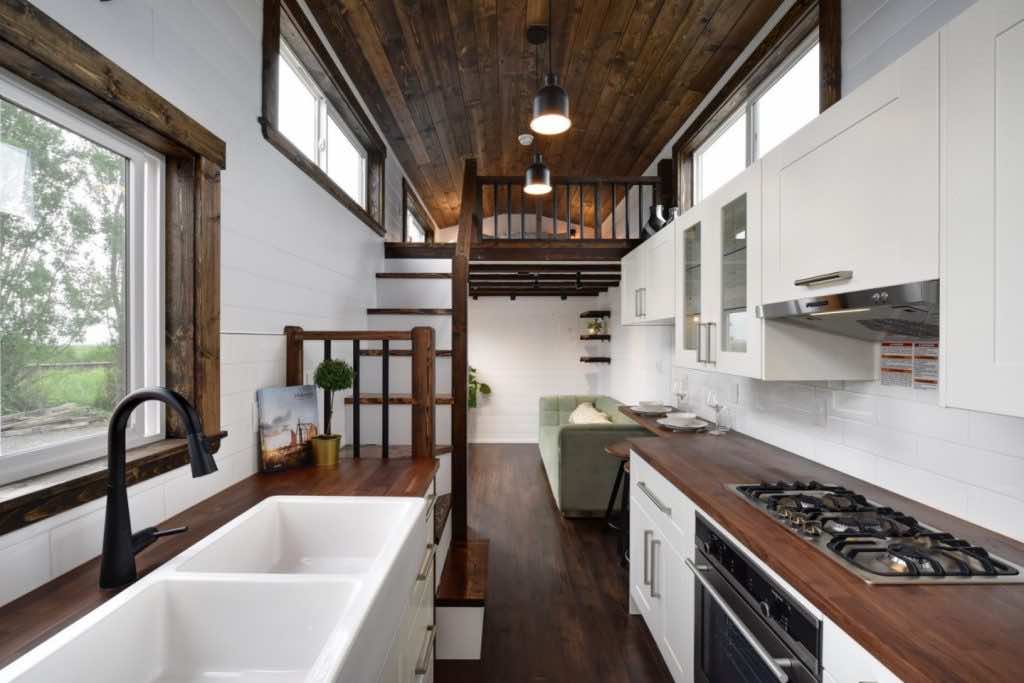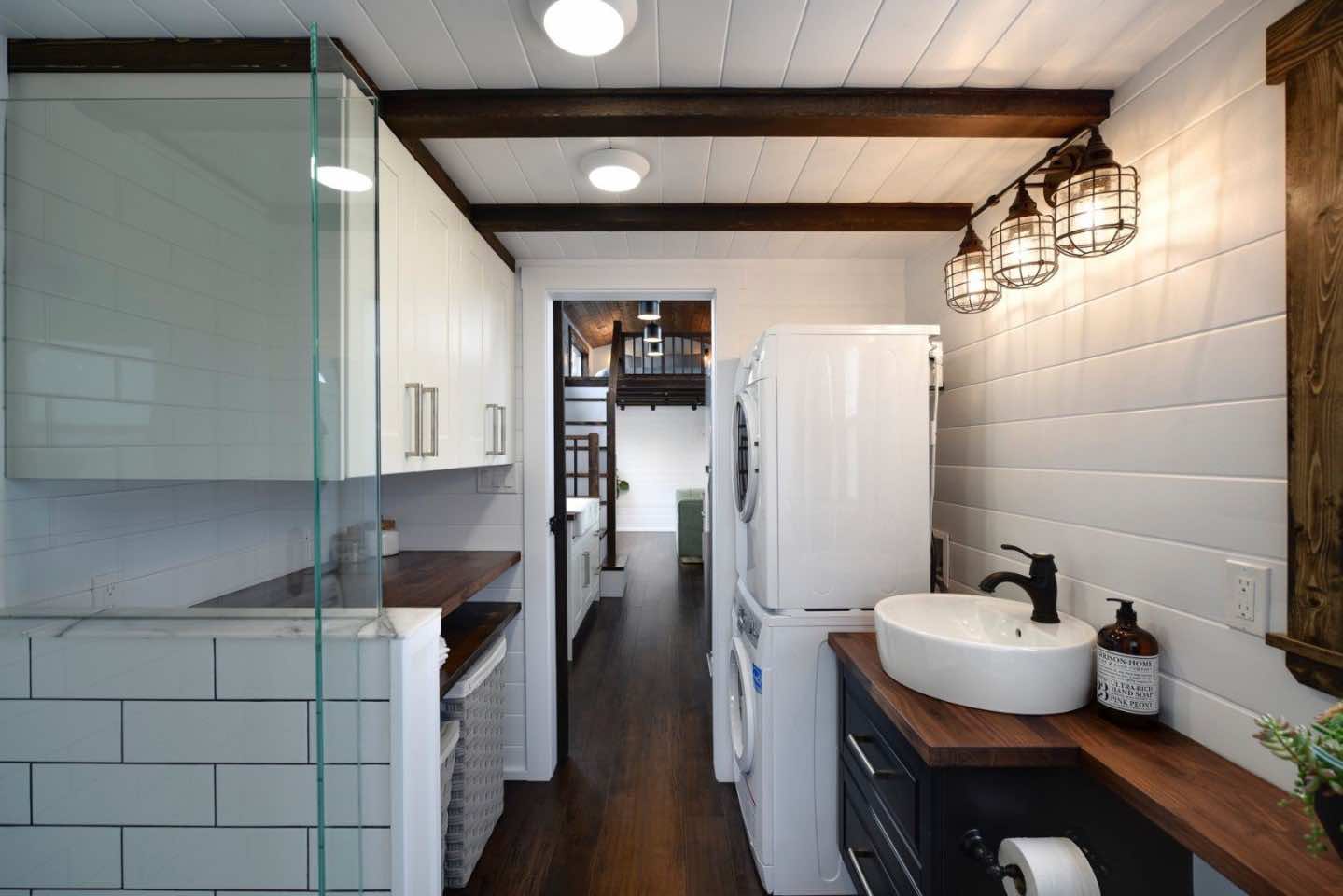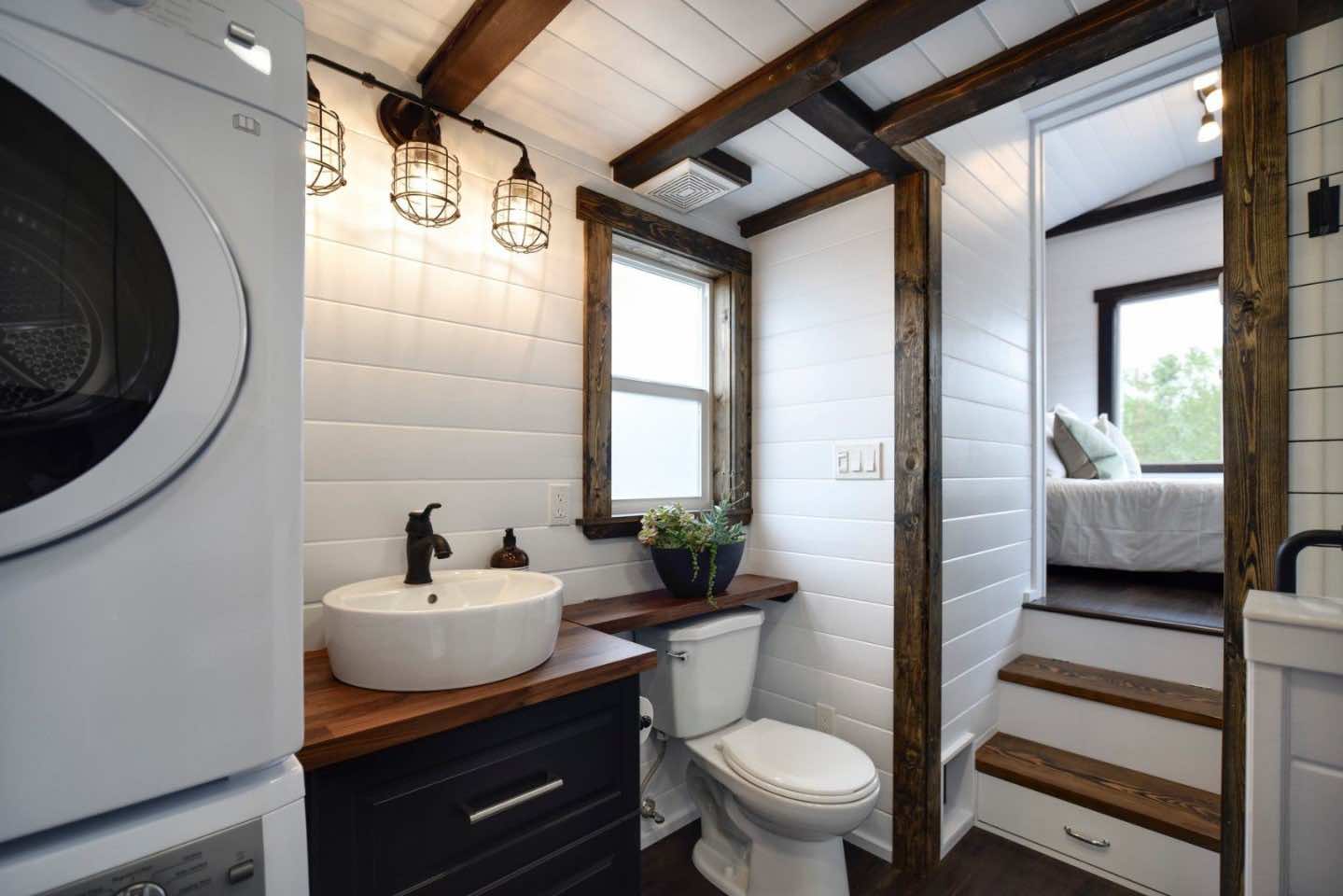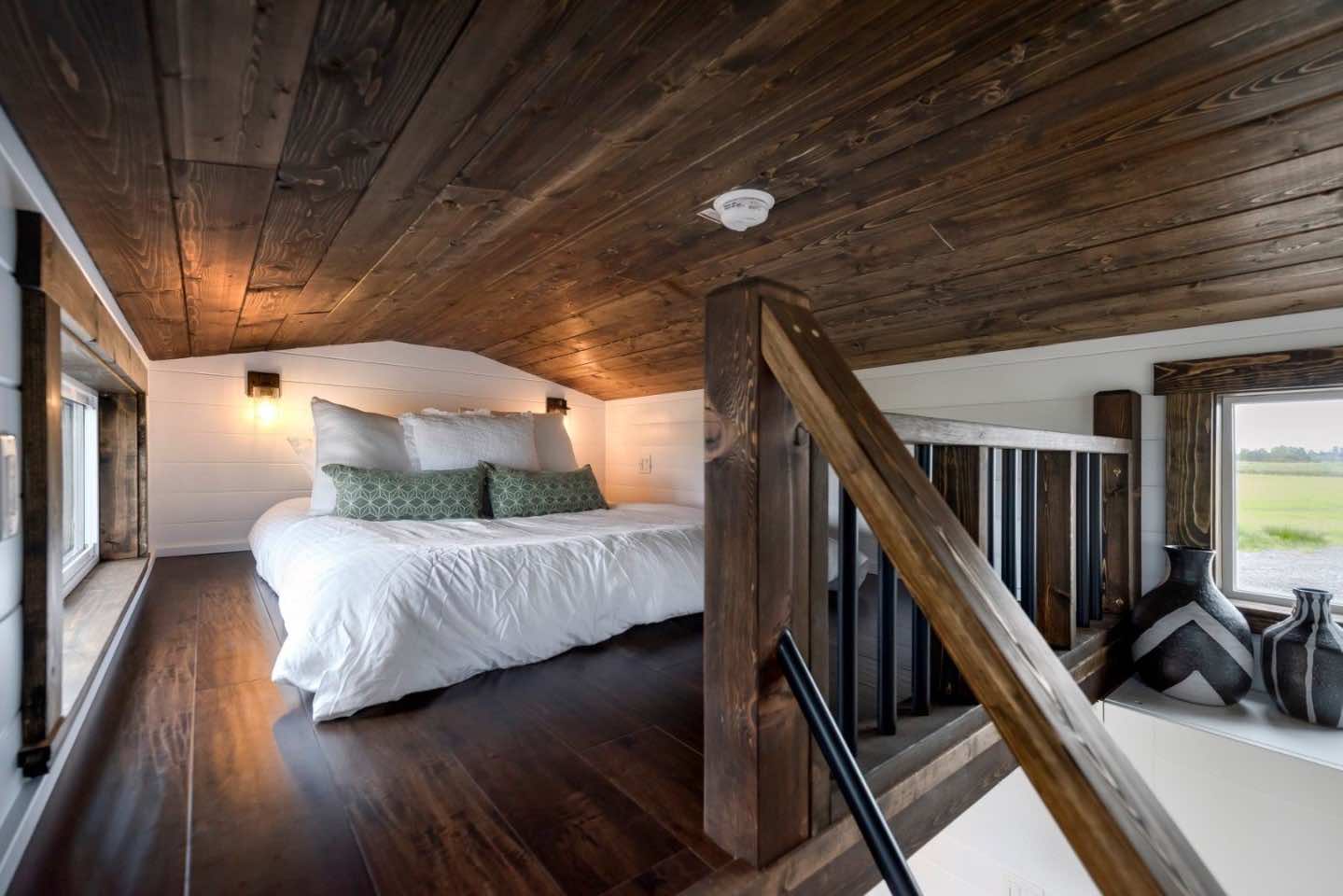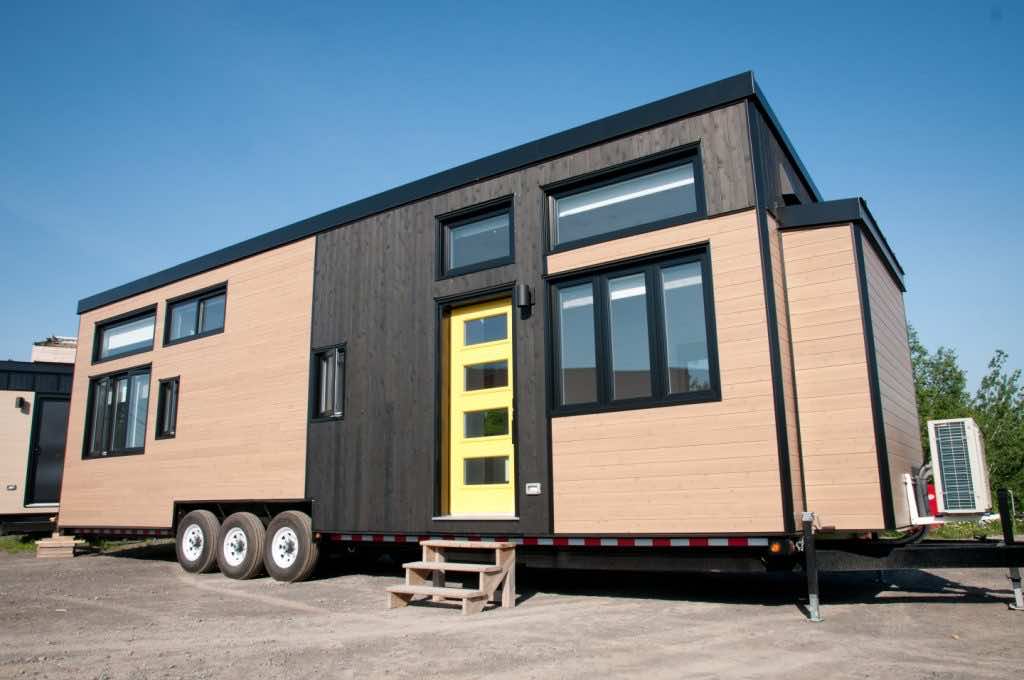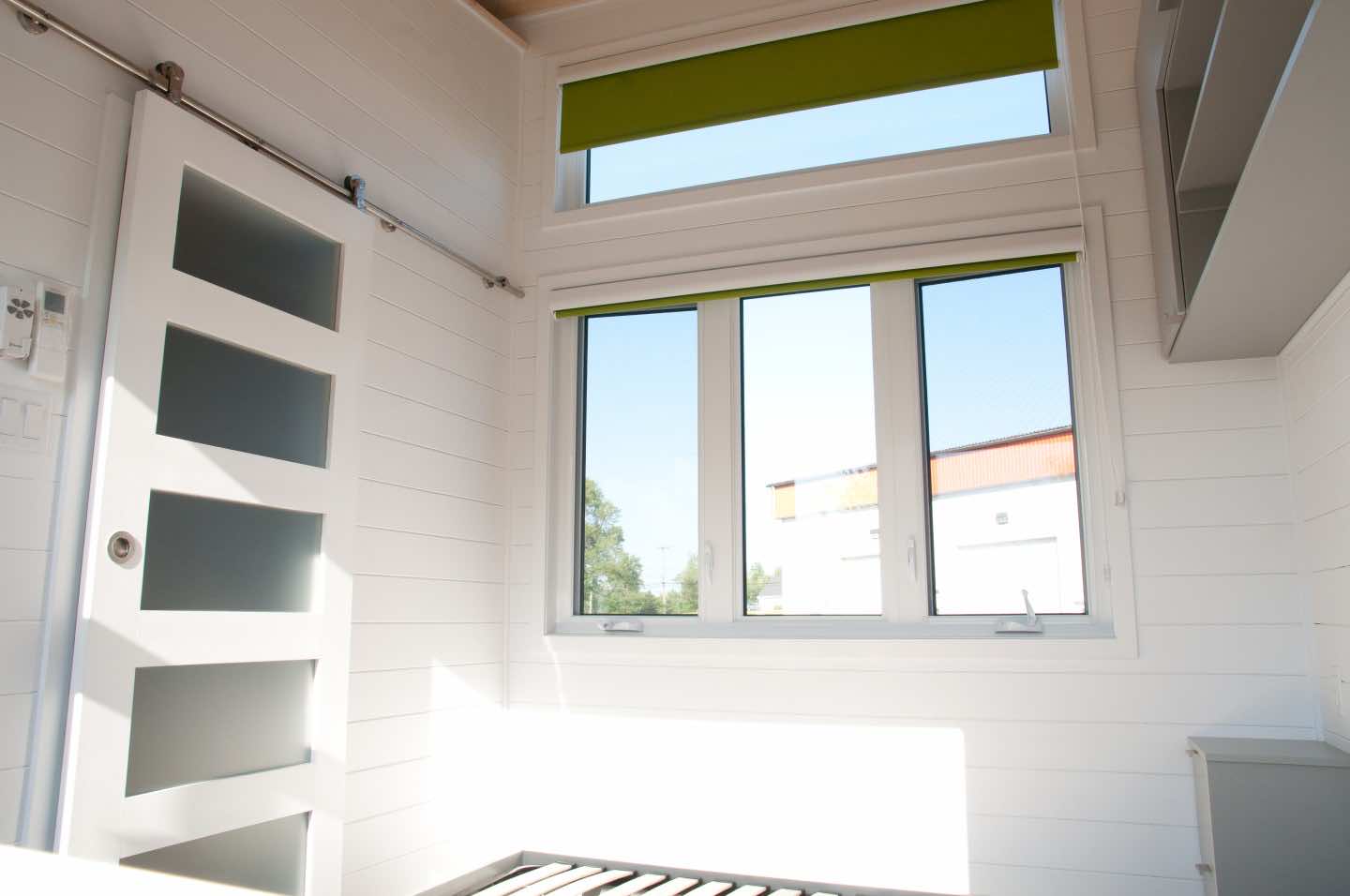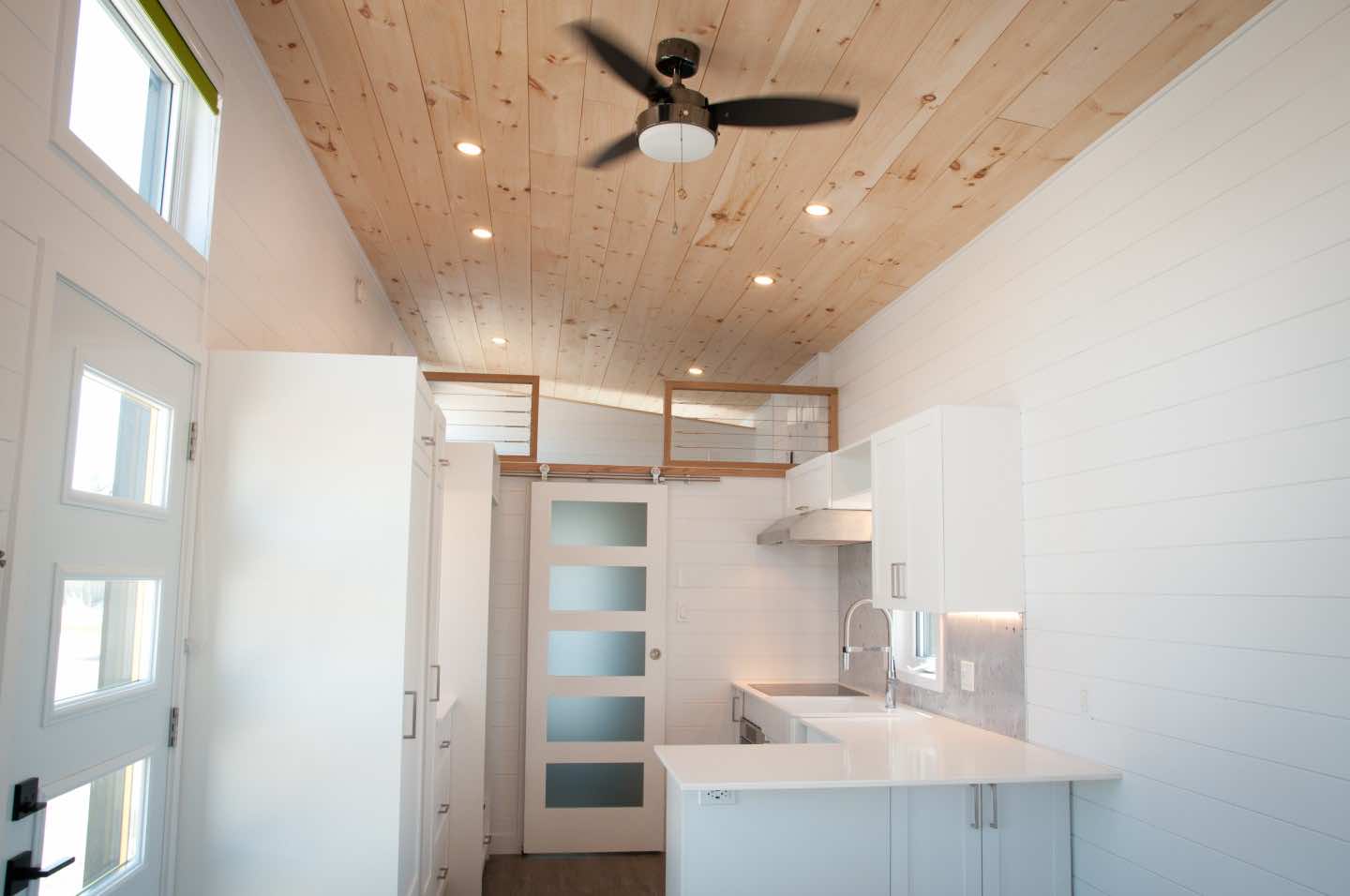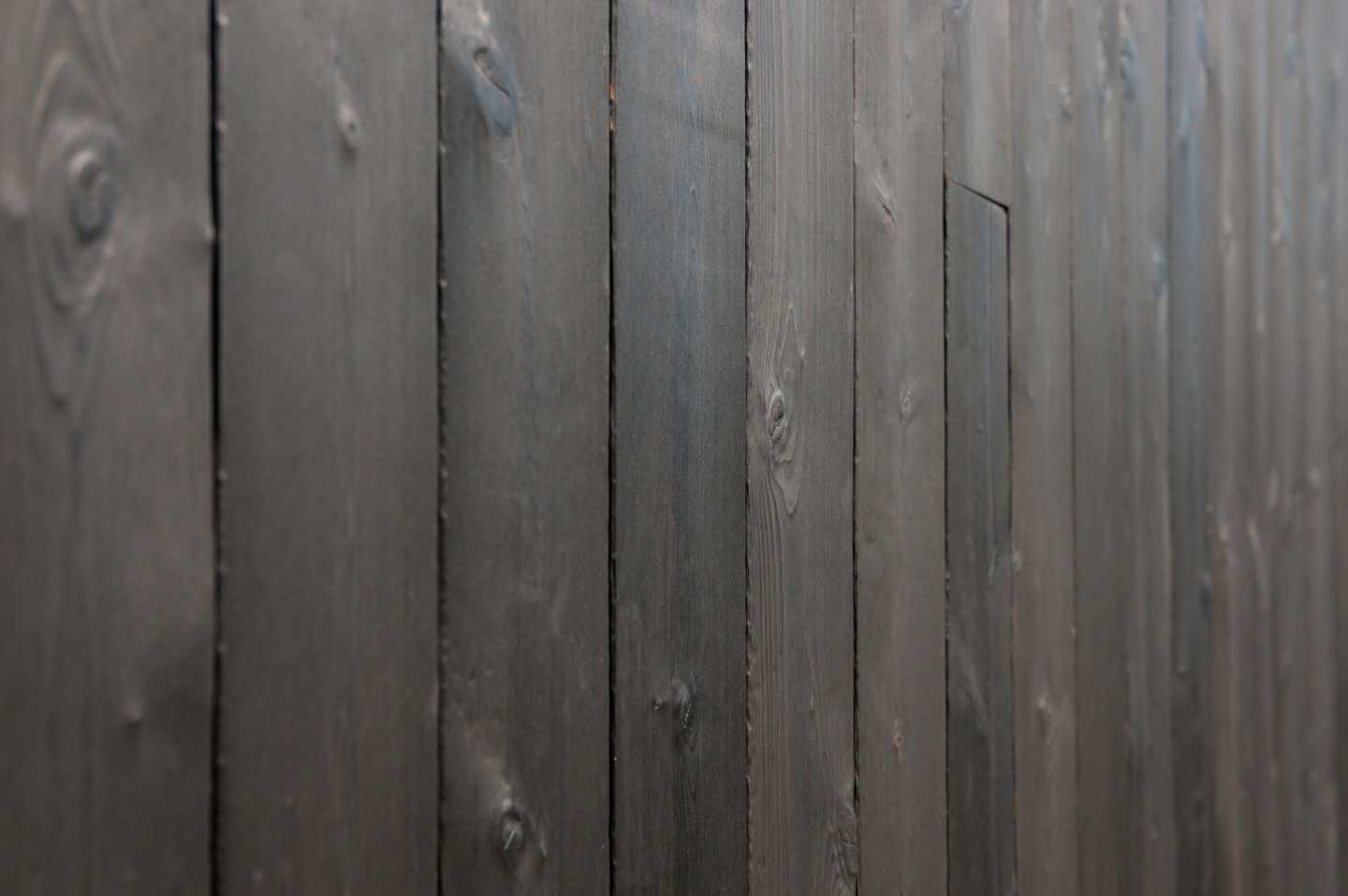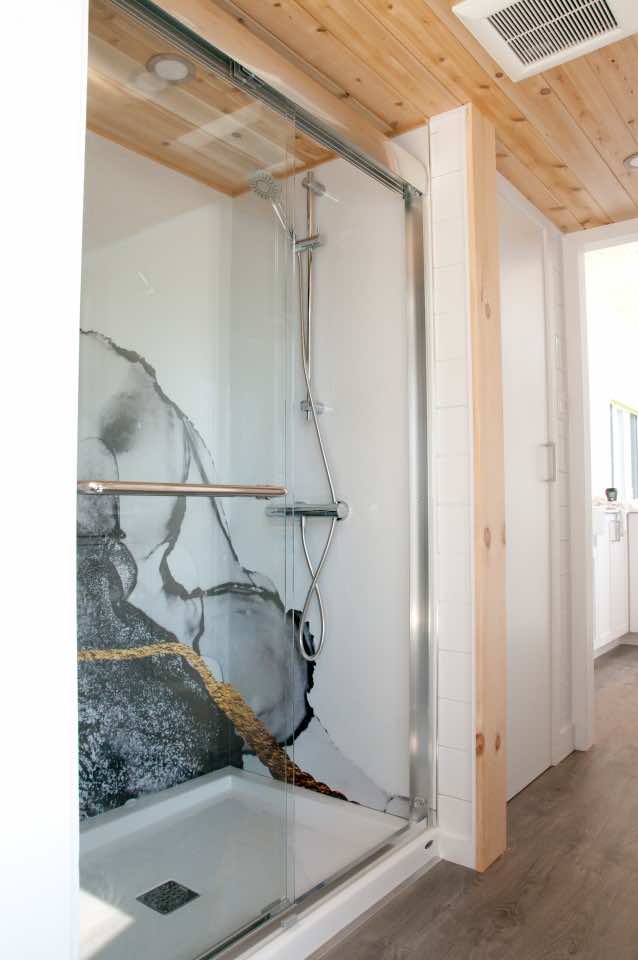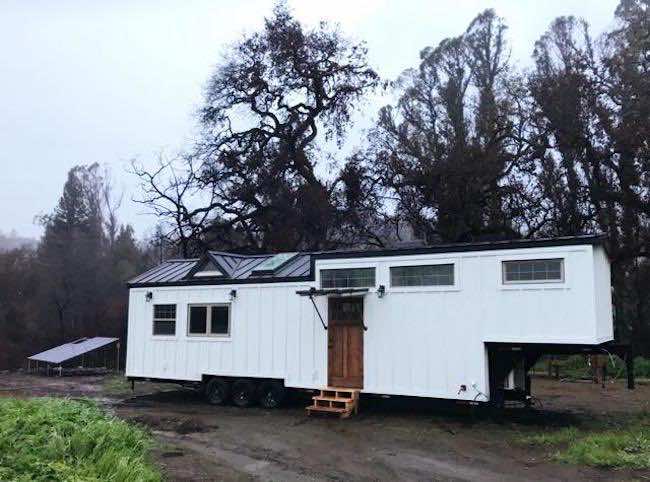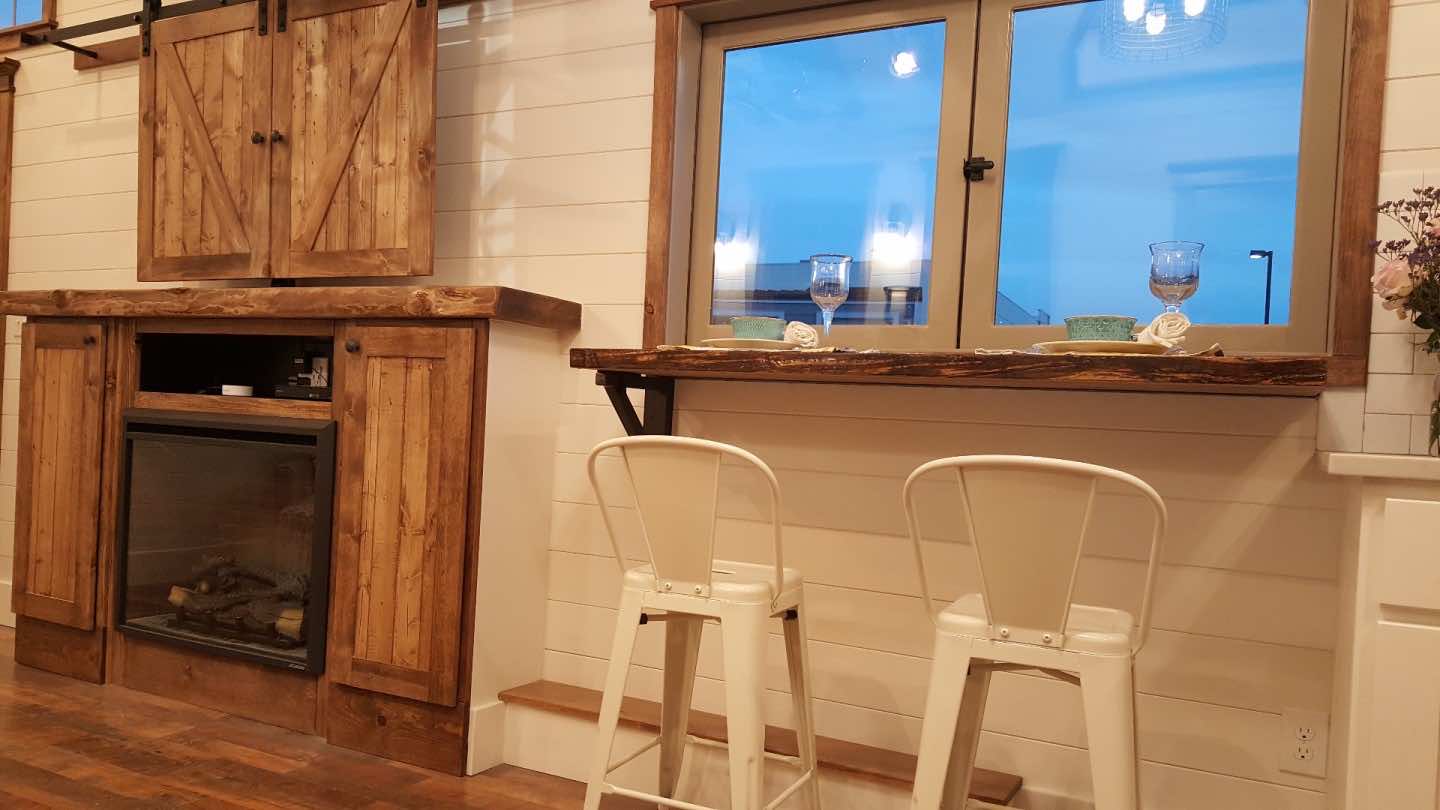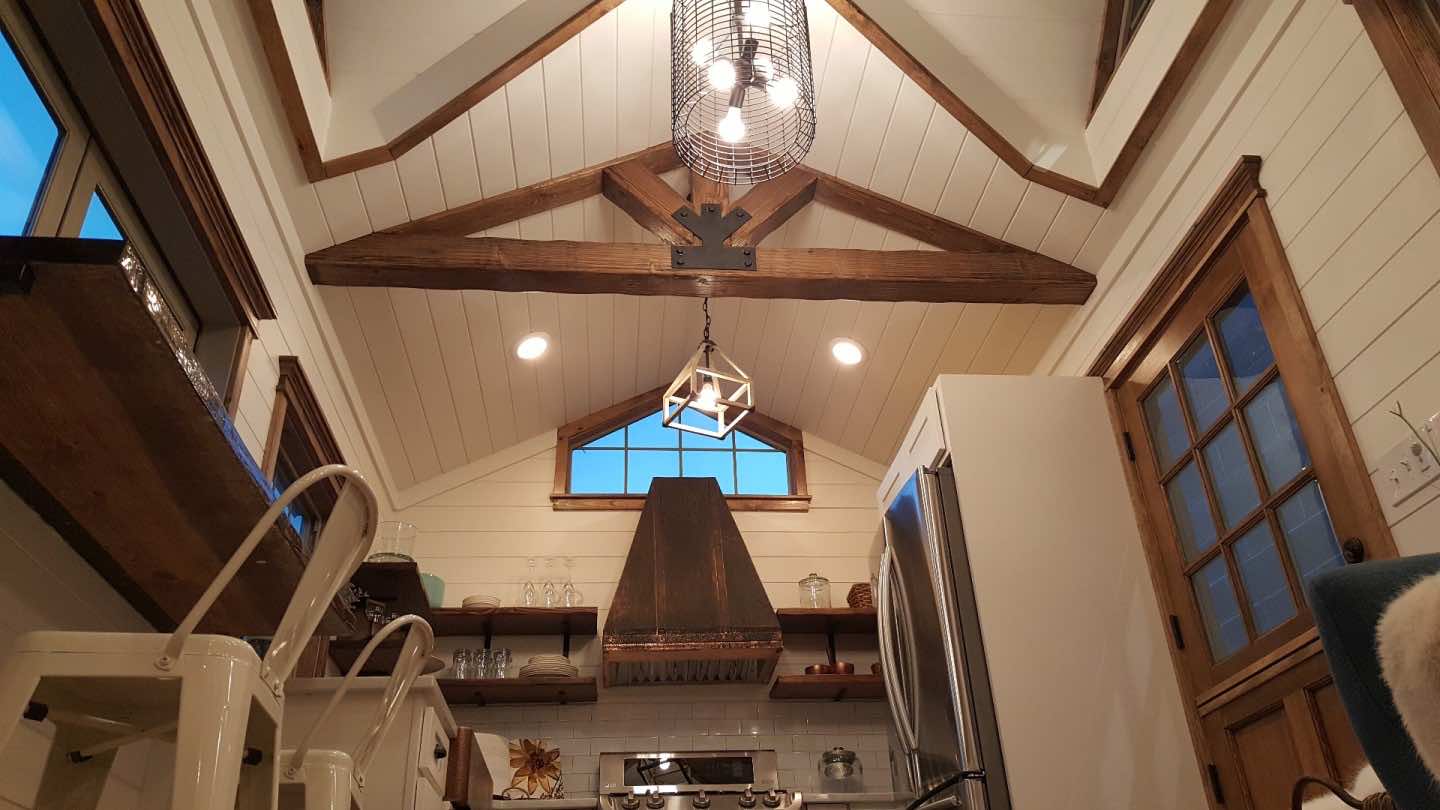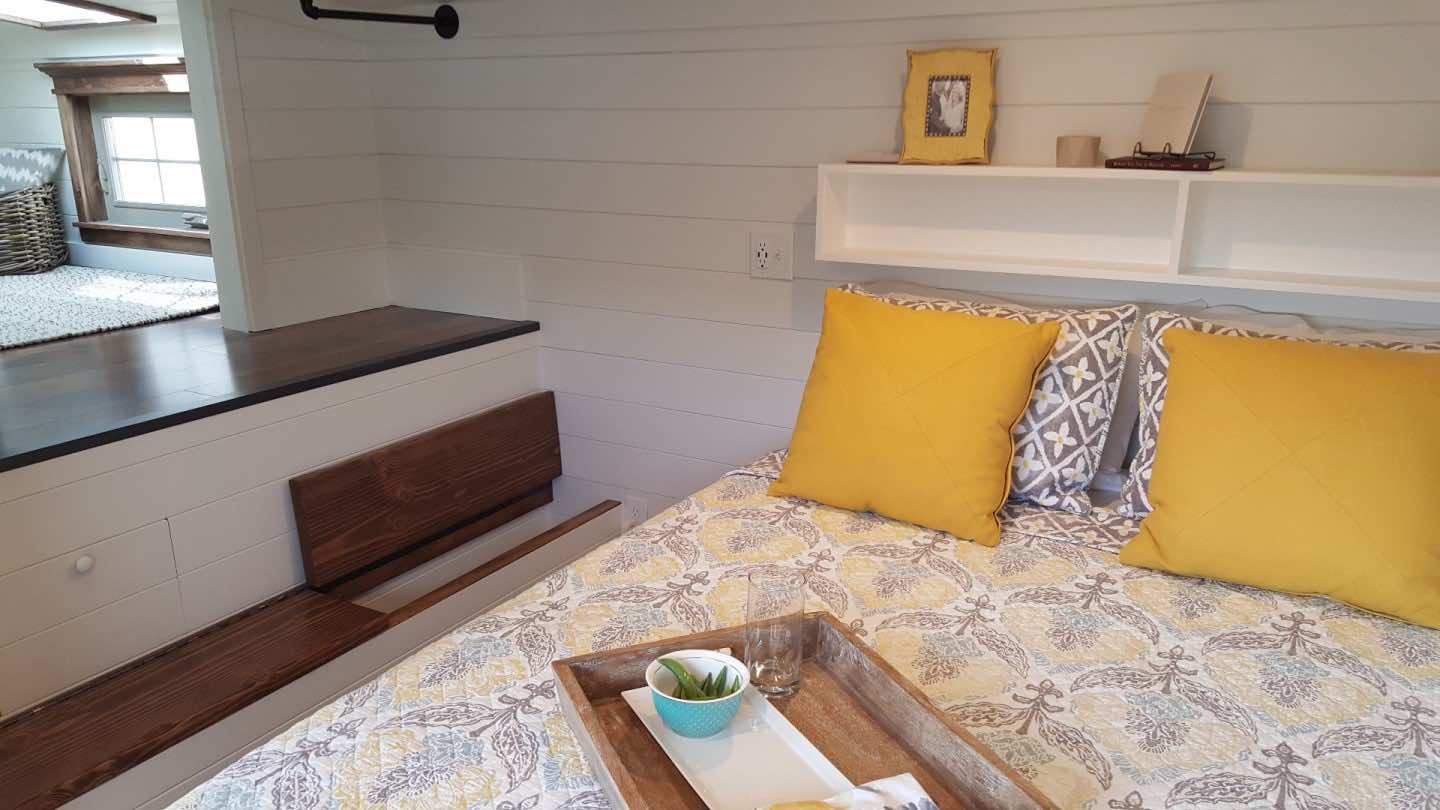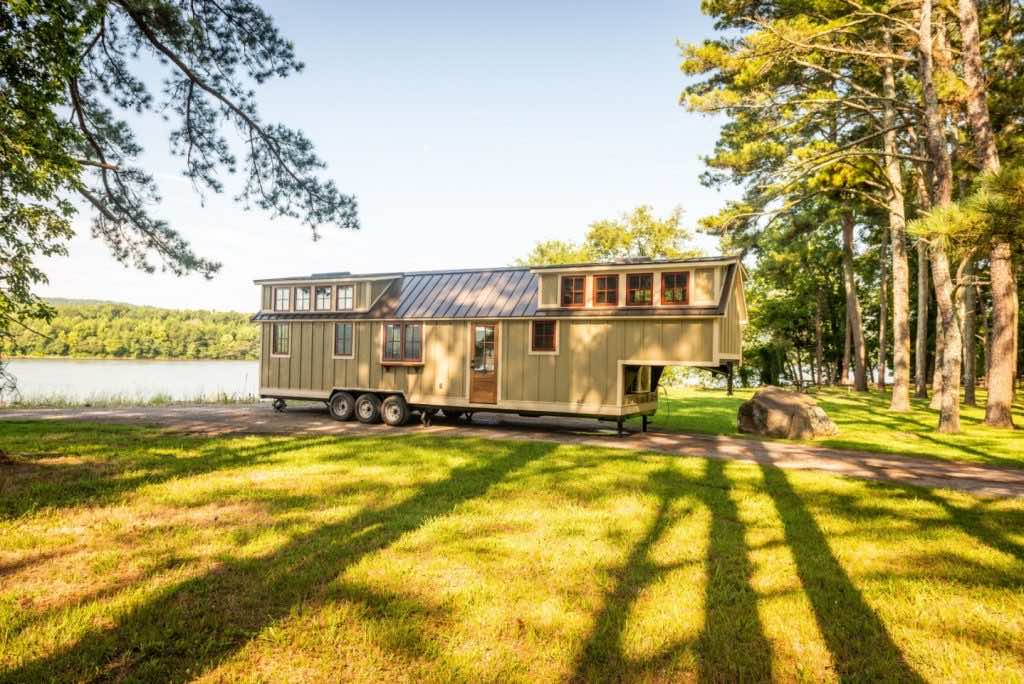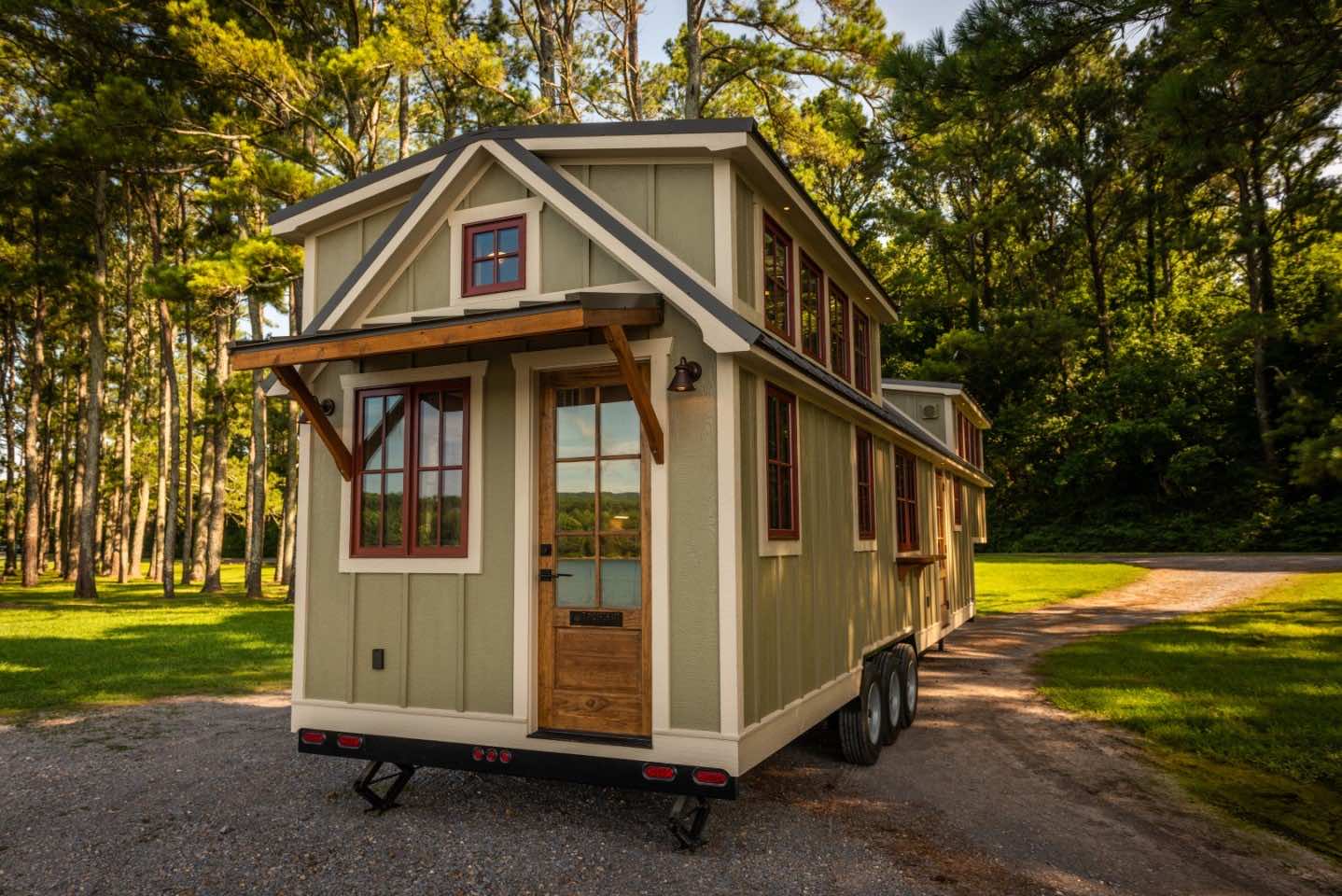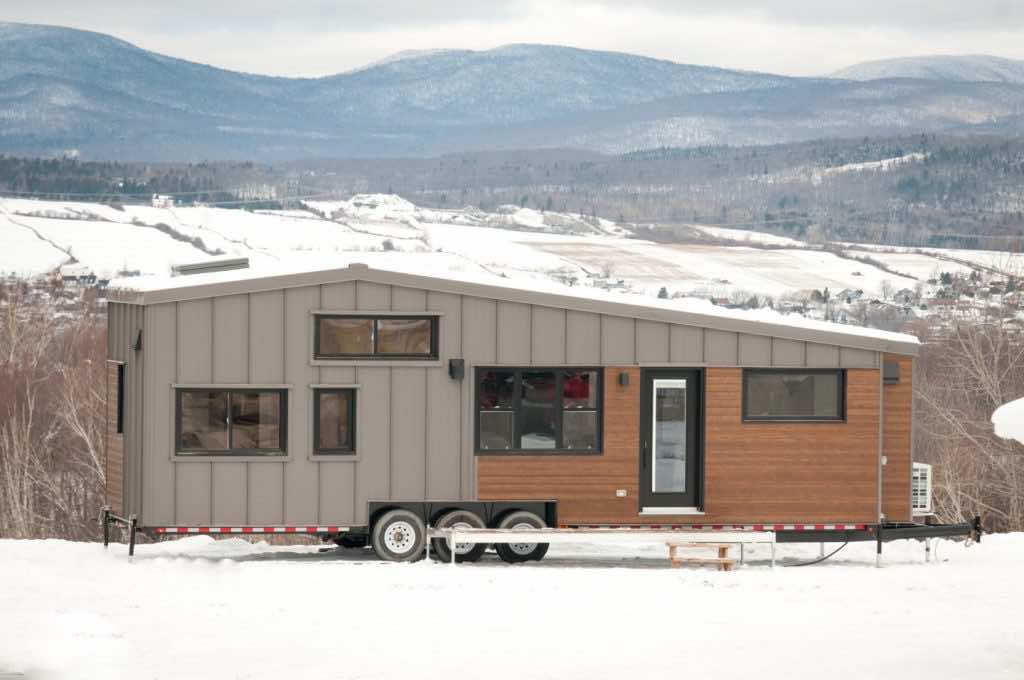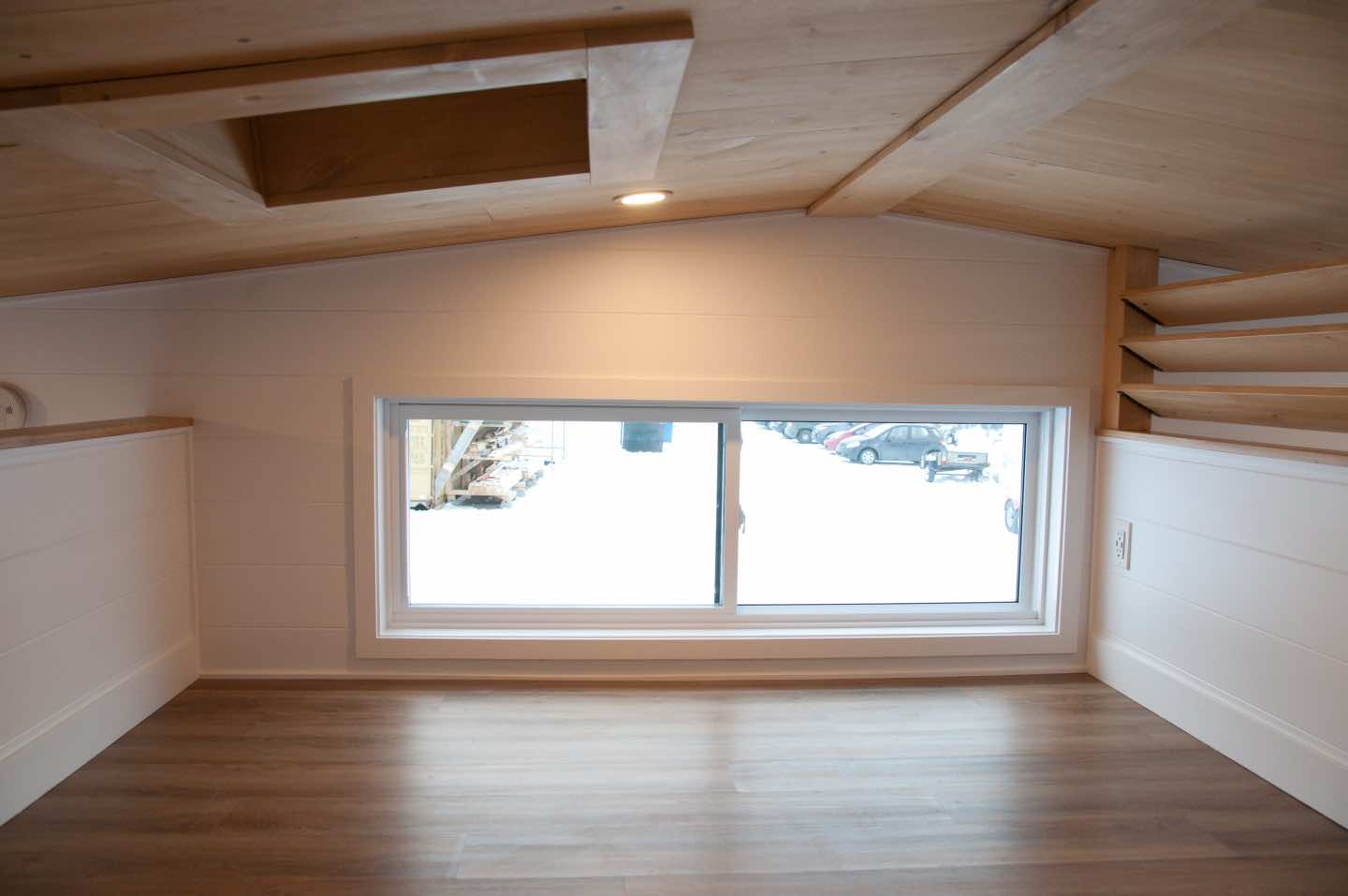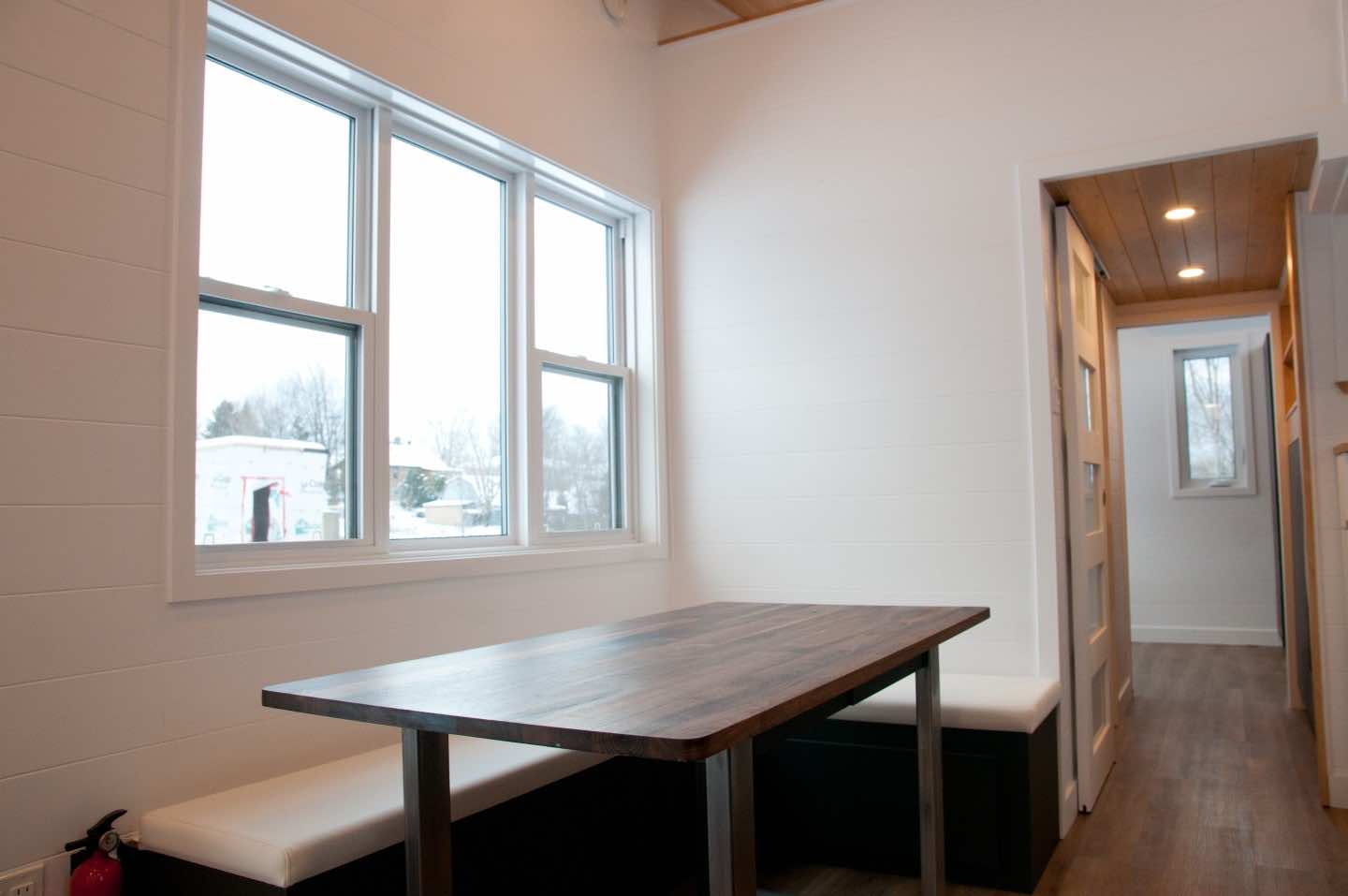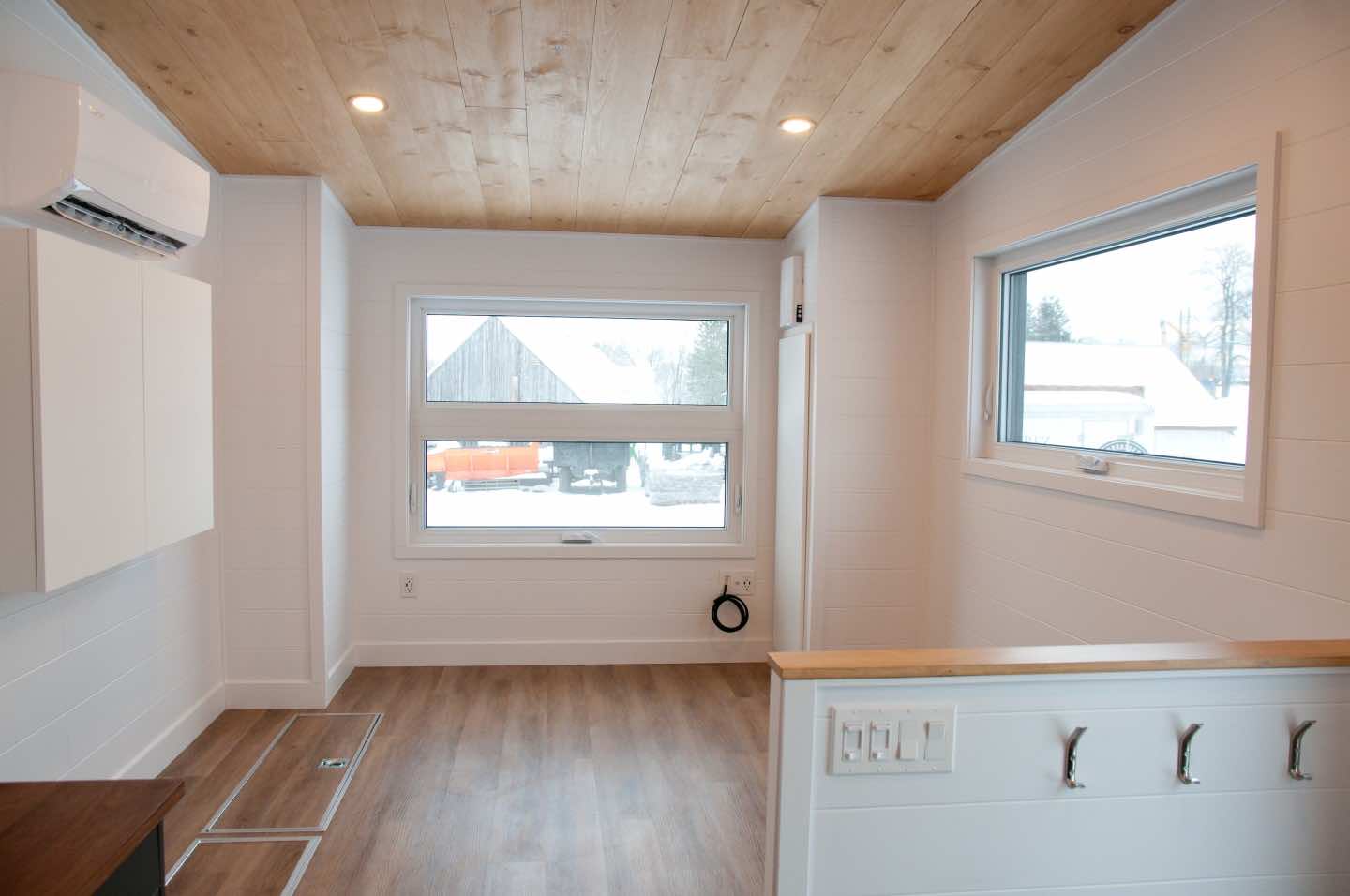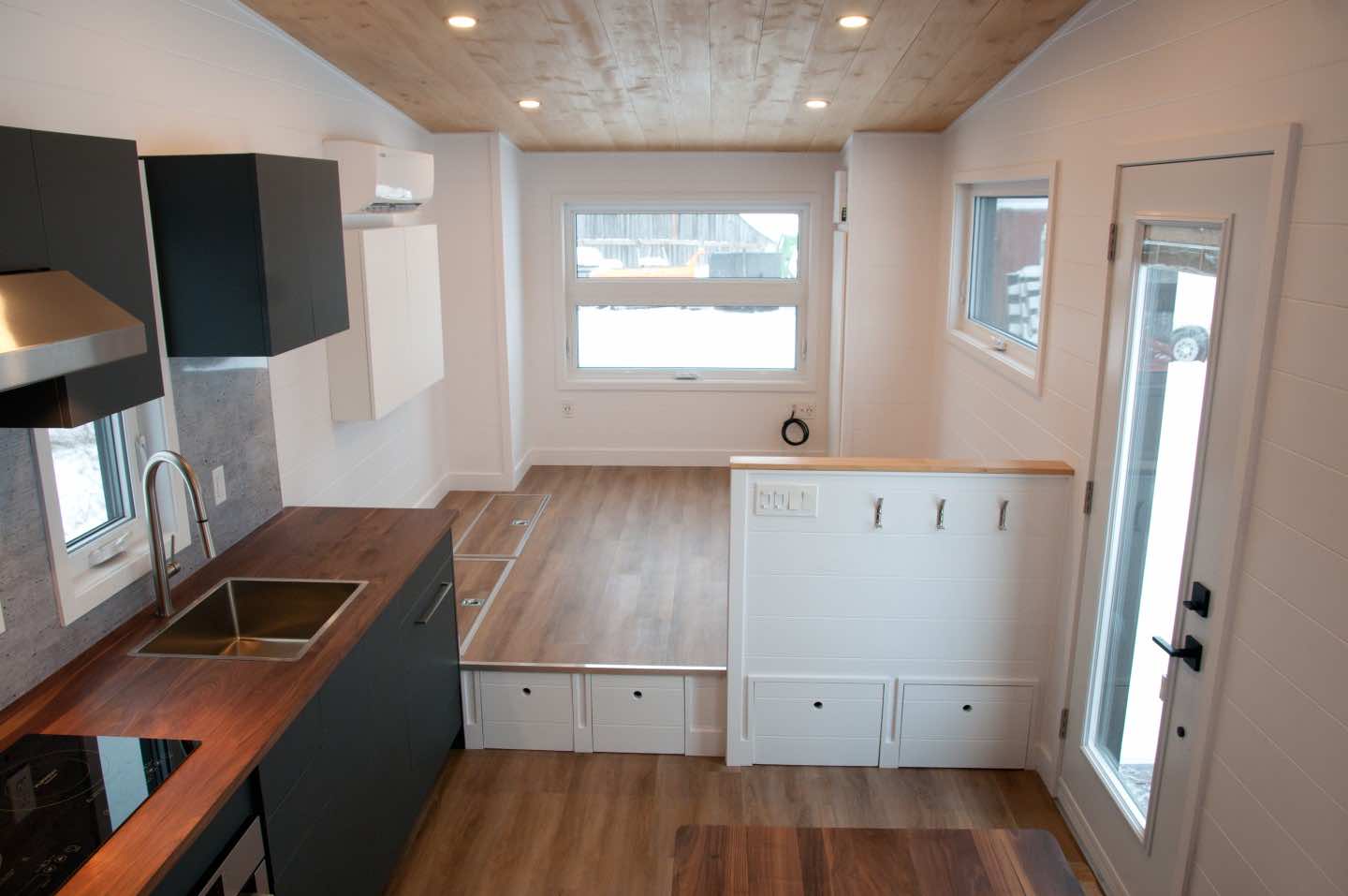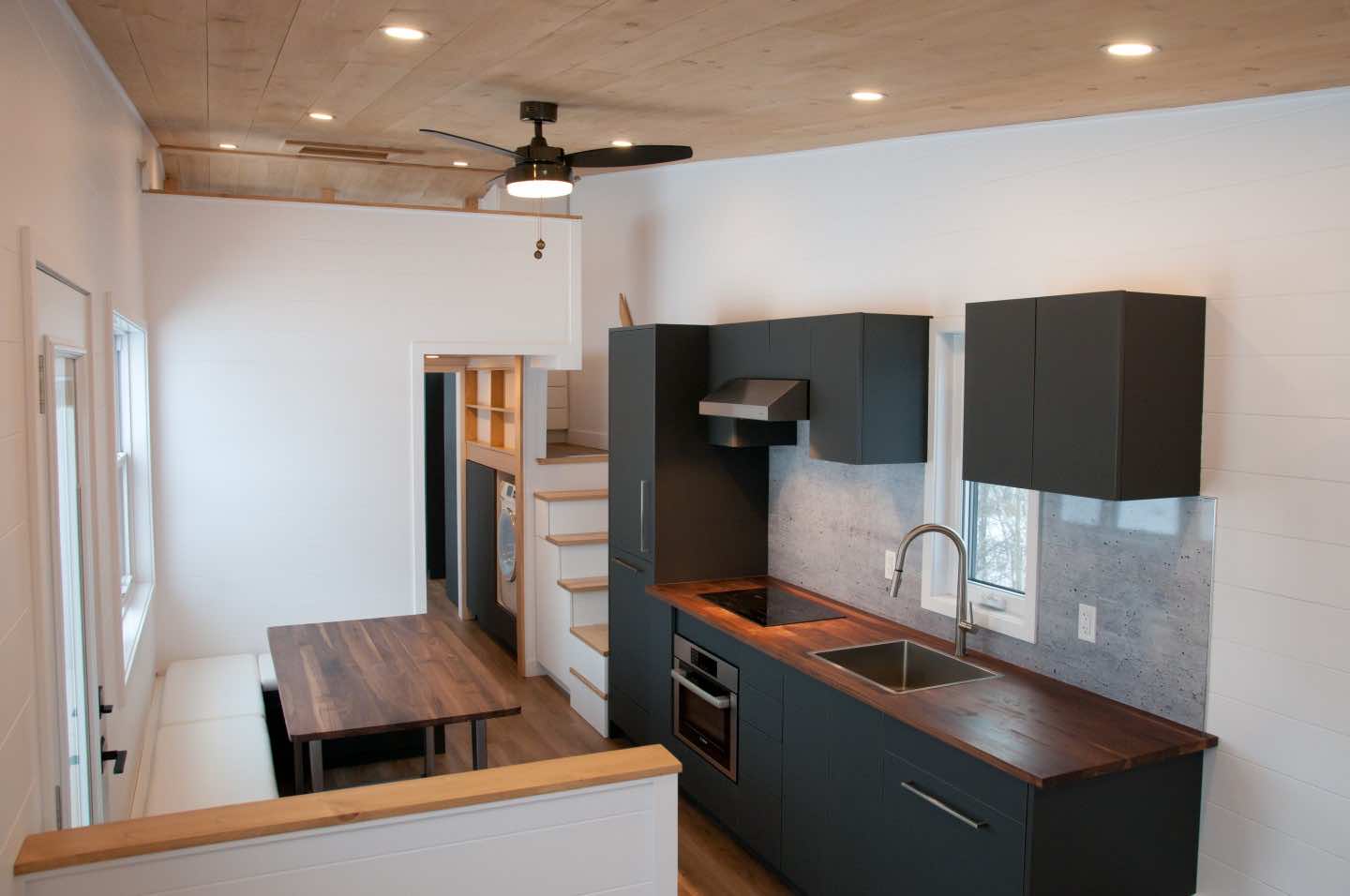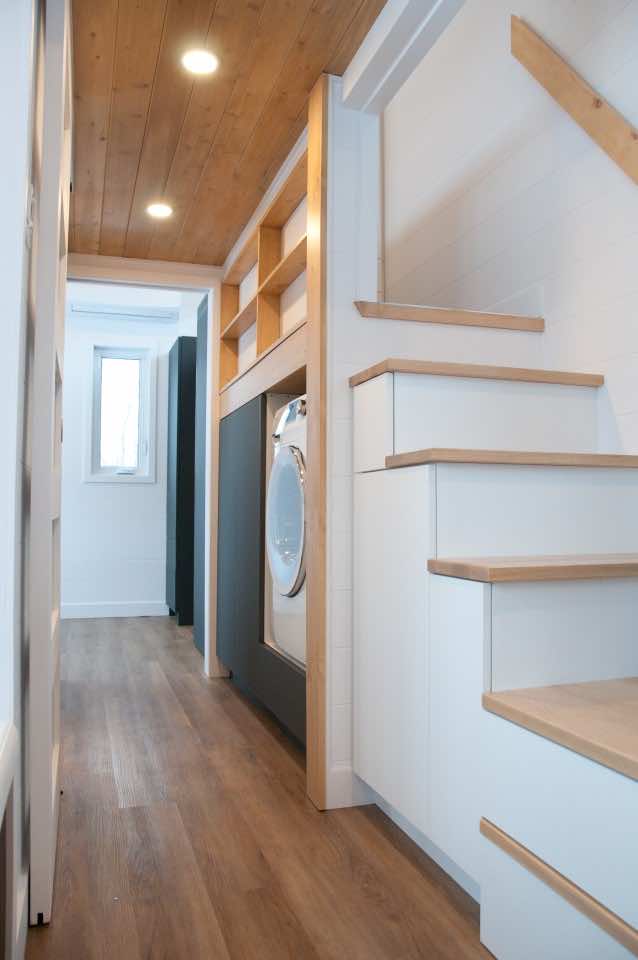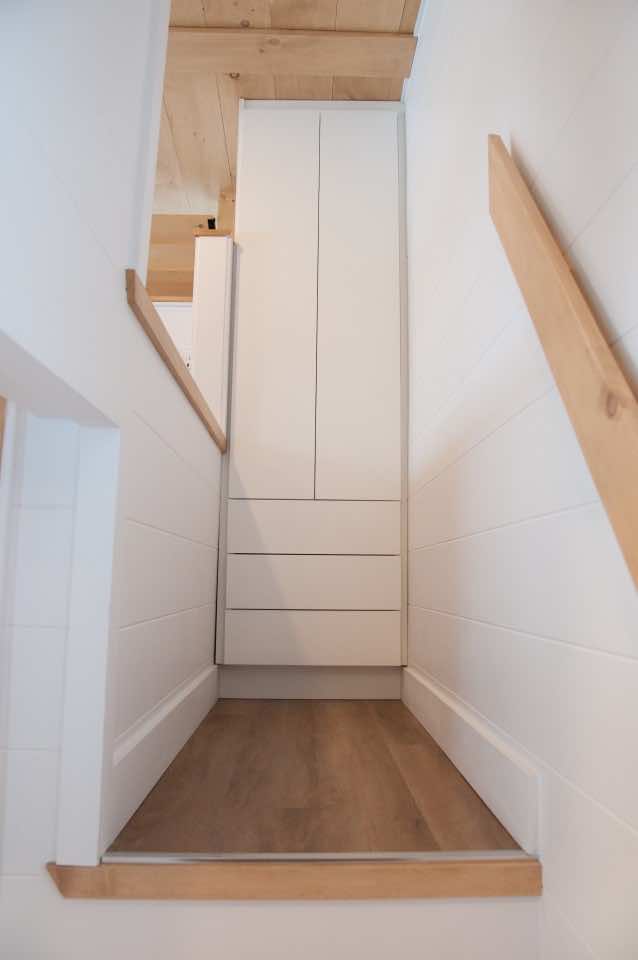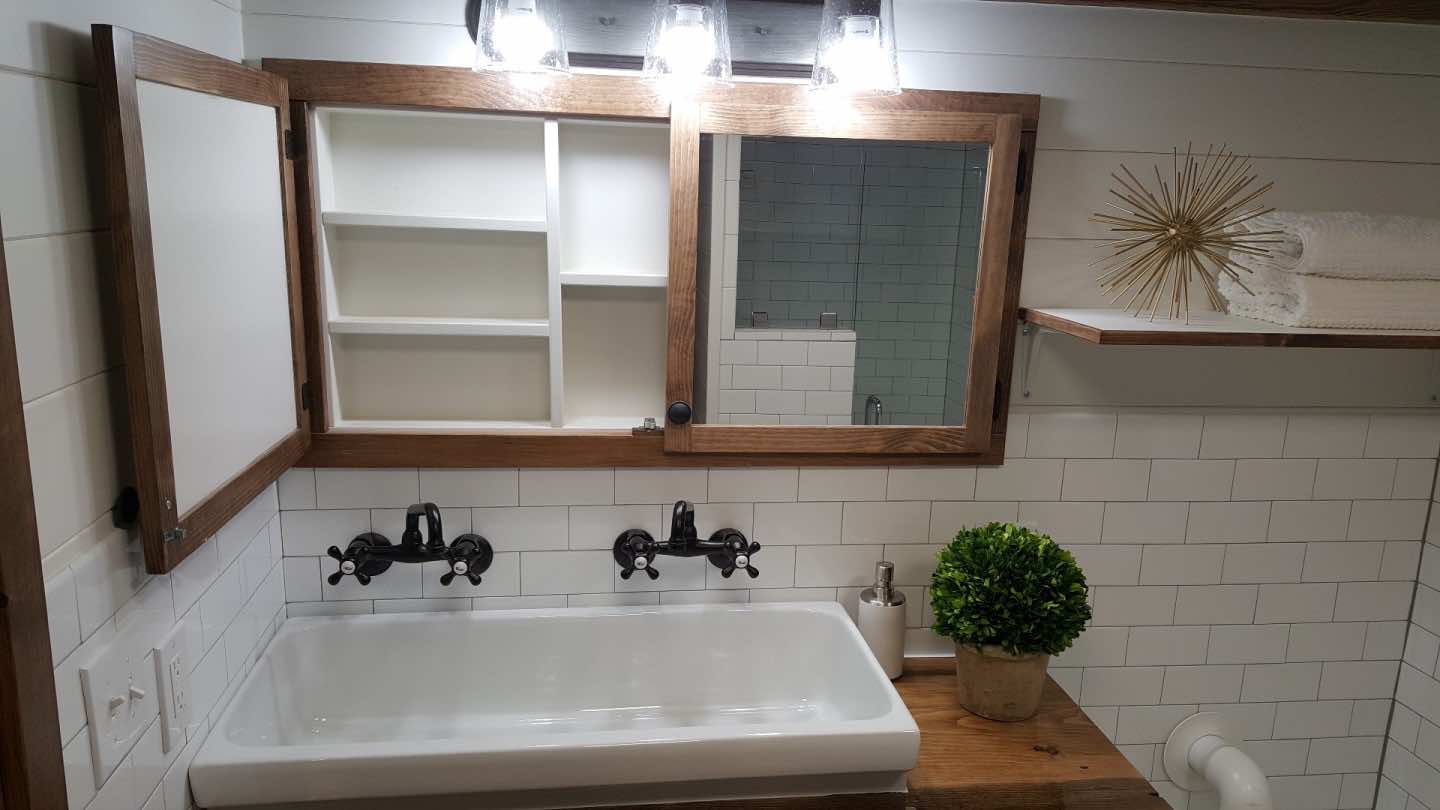Observing the tiny home movement, one of the features we have seen is that over the years, conventional North American representation has progressively grown into more luxurious and bigger houses, few look like towable apartments.
Back in 2017, the largest tiny house observed was 39 ft (11.8 m) long, while the 30 ft (9.1 m) Vintage XL was considered large enough to be included in the list. But today, 30 ft or more is the size of a standard North American tiny house.
Big space means extra bedrooms, a spacious kitchen area, better storage, and some extra comfort, which is all part of the package while living in a tiny house. But obviously, there are some cons too, for instance, difficulty in towing or getting authorization to get it done. And also, the increased cost is one of the major reasons for concern.
So, let’s check out five of the most spectacular tiny houses observed in recent years:
Canada’s Mint Tiny House Company is known to many due to its oversized tiny houses; however, Canada Goose is the largest we have witnessed so far. The house is 43 ft (13 m) in length or nearly three times that of Backcountry Tiny Homes’ diminutive Acorn.
Its interior is so well done, with cedar finishing showcasing plenty of woodwork with a cosy vibe. The overall layout is quite roomy with generous storage capacity. Also, the whole house is well-lit which makes it even more attractive.
The house features one master bedroom downstairs and two loft bedrooms opened by a staircase. The house has airy well-balanced rooms, with a large kitchen area that displays a dual farmhouse-style sink and a breakfast bar. While the living room and bathroom are situated in different places. Its price is still unknown.
The Magnolia V5 is the creation of yet another Canadian company, Minimaliste. The mammoth, the tiny house measures 38 ft (11.5 m) in length, and 10.5 ft (3.2 m) wide, compared to the Canada Goose’s standard 8.5 ft (2.5 m). However, this massive tiny house can not be towed easily and require a permit to do so.
Magnolia’s interior is pretty modern and basic, while the Japanese Shou Sugi Ban method has been incorporated in the design with cedar finishing. The house claims to endure extreme temperatures involving Canadian winters. As far as space is concerned, all rooms are quite spacious with a generous storage area. It starts at CAD 129,500 (around US$103,000).
With a small secondary shower fixed on the outside the Phoenix house has a total length of 41 ft and is hardly 10 ft wide. It has an L – shaped kitchen which goes well with the overall idea of Tiny Homes. Its interior is designed so that it does not seem small, with triple skylights ensuring lots of natural light. Designed by Utah’s Alpine Tiny Homes, this house is worth US$110,000.
Alabama firm Timbercraft Tiny Homes’ original Denali was already a big, tiny house in its own capacity; however, it was enhanced with the release of Denali XL. It has a length of 42 ft (12.8 m). An attractive cottage-like exterior, a seam metal roof and two doors. The interior has rustic styling, and the finishing is in shiplap walls, stained-wood ceilings, and hardwood floors. A large living room occupies the majority of the available space with a raised ceiling. The kitchen of this Tiny Big House it is not tiny at all. There’s just one bedroom that has a storage-integrated king-sized bed.
Minimaliste’s second home to make our list, the Noyer XL, is merely 35 ft (10 m) in length and has a width of 10.5 ft (3.2 m). Horizontal cedar and vertical standing seam steel is used in its finishing. This house also has two sky lights for the boundless effect.
The up to date interior does justice with the space available and houses a slightly elevated sitting area that has scores of underfloor storages, a decent kitchen, and a dining table with a capacity of 6. There is also a couple of bedrooms, one on the ground floor, while the remaining bedroom is a raised space reached by smartly concealed, improvised staircase.
Living up to the Minimaliste’s homes, it is equally habitable both in summers and winters. The exact cost of the home is yet to be announced, however, the Noyer line starts at CAD 118,500 (roughly US$94,000).

